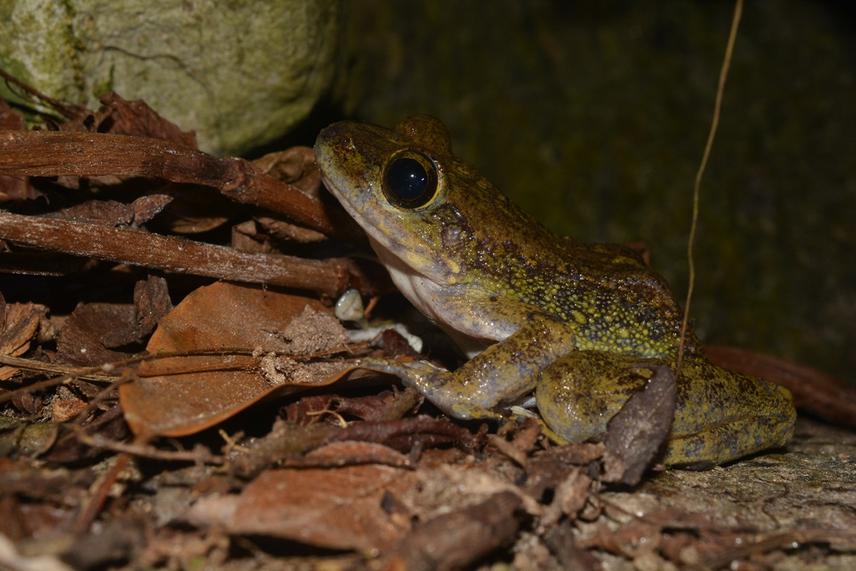Tshering Nidup
Other projects
9 Jul 2013
Butterfly Diversity and Conservation in Royal Manas National Park (RMNP), Sarpang, Bhutan
The increasing disposal of waste products directly into pristine watercourses in Bhutan is causing a rise in phosphate concentration far in excess of recommended levels. This, in turn, is having a direct, adverse effect on the habitats of amphibian species as high phosphate levels cause uncontrolled plant growth that slows water currents, leading to the stagnation of breeding environments. This project aims to determine sites of amphibian breeding activity that are affected directly by discarded waste, to document those amphibian species most at risk, and to conduct a series of public education workshops to encourage environmentally friendly waste disposal.

Amolops sp.
This project include the field work, trainings and community workshops. The purpose of each workshop will be to highlight the importance of conserving the aquatic breeding grounds of Bhutan’s amphibians, especially populations of endangered species such as Amolops himalayanus, and to encourage attendees to consider how they can contribute in a substantive way to preventing direct pollution of watercourses.
Workshops will be done in Baylling Central School, Trashi Yangtse, Trashigang Pam Community School and Khaling Community Centre.The trainings is divided to two parts, field and laboratory.
Field training will focus on habitat selection and surveying techniques, correct use of equipment, in-field identification of species, DNA-gathering procedures, acoustic recordings, anuran ecology, identification of threats, and methods of data collection, and record-keeping and laboratory training will focus on the analysis of water samples and acoustic recordings together with the accurate taxonomic identification of specimens using scientific reference literature and photographic material. Trainings will be mainly carried by Tshering Nidup.